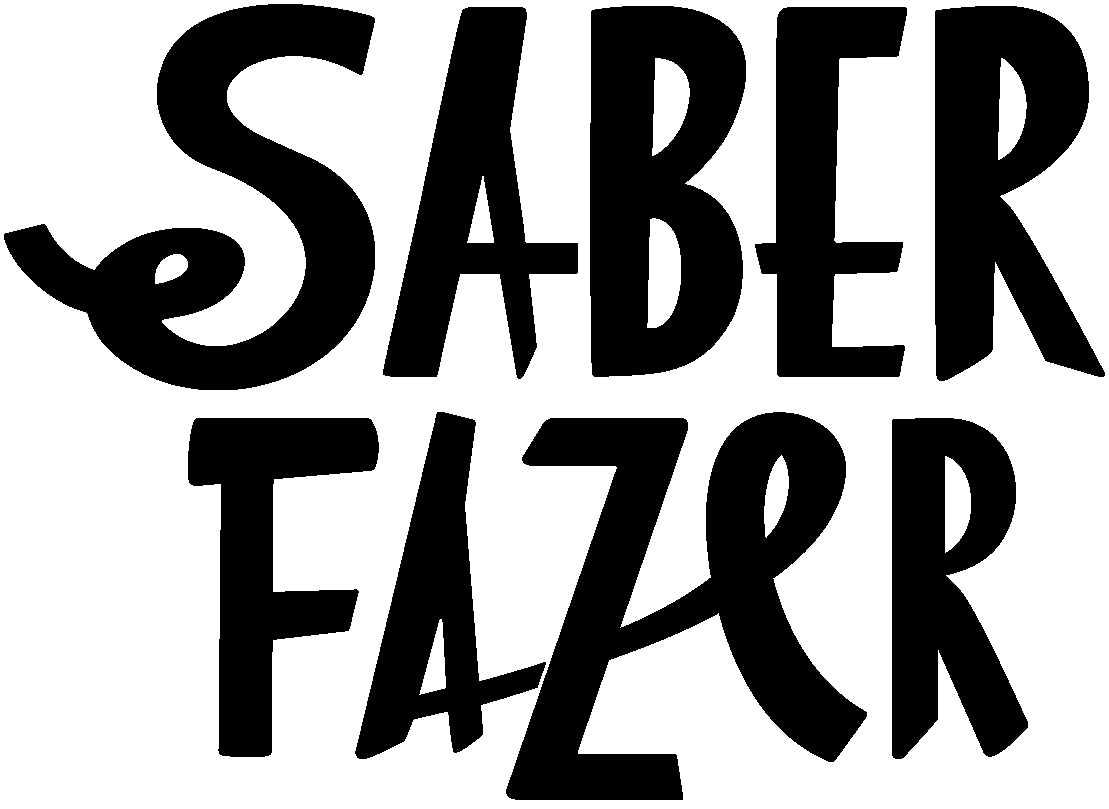O pano que estas sementes dão
Já conheço a Maria das Dores há cerca de dois anos. Impossível de esquecer a altura em que a conheci, porque quase fui à falência por lhe comprar metros e metros do tecido que ela produz, integralmente por conta própria, a partir daquelas sementes de linho galego. Até hoje tenho-o bem guardado e só gastei um quadradinho muito pequeno para uma ocasião muito especial.
Eu conheço ainda algumas pessoas que produzem linho artesanal, mas uma coisa é produzir um linho grosseiro qualquer, mesmo que feito à mão, e outra coisa é a maravilha que a Maria das Dores cultiva e tece.
O estilo do trabalho da Maria das Dores recai no âmbito do tradicional, mas a abordagem dela tem pouco de repetição inconsciente da tradição. Falamos durante horas, e ela nunca se cansa de frisar que a ela só lhe interessa fazer "o melhor trabalho" e produzir "o melhor pano". Não ouço isto tantas vezes como gostaria.
Não é o mais barato, nem o mais fácil ou o mais rápido. É o melhor, porque ela sabe que é a única forma de se diferenciar quando chega a altura de vender o que produz, e é assim que consegue sustentar uma casa com um trabalho que muitos dizem que não tem futuro: fazendo sempre melhor.
A Maria das Dores é muito fiel ao Linho Galego. Já experimentou outras variedades estrangeiras, que crescem mais em altura e são mais rentáveis na quantidade de fibra que produzem, mas assegura que a fibra produzida é mais grossa e que dela não consegue fiar um fio para tecer panos tão leves e fluidos como gosta. Pela mesma razão, escolhe conscientemente processar o linho de forma artesanal. Não porque não tenha outra forma de o fazer, mas porque tendo tido acesso a maquinaria semi-industrial, acabou por não a usar porque achou que o trabalho que produzia não era igualmente bom.
Pelo que fui aprendendo até hoje sobre estas variedades de linho, penso que uma das razões por trás disto é o facto do Galego produzir uma qualidade de fibra que não é apenas mais curta, mas também mais fina, o que a torna mais frágil, exigindo mais cuidado no seu processamento, quando dele se quer criar um trabalho de alta qualidade.




